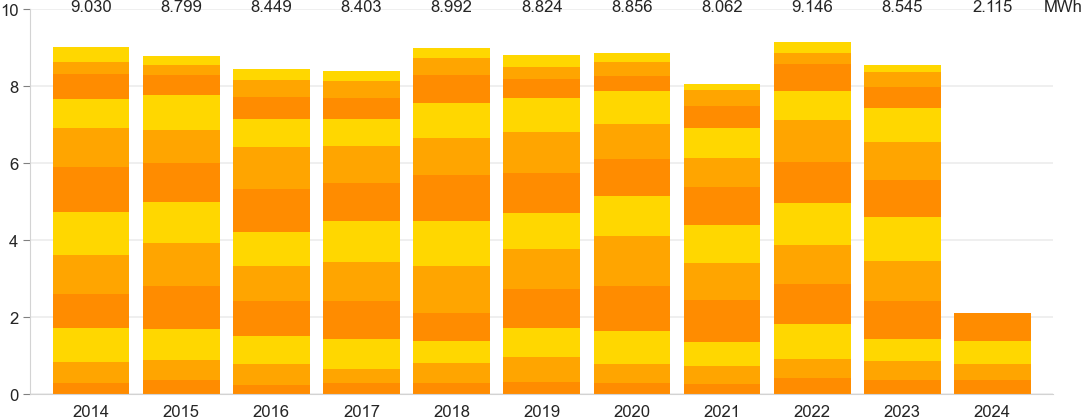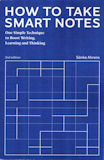Sönke Ahrens.
How to Take Smart Notes: revised edn.
self published. 2022
This book is aimed at students, academics, and any others who need to read a lot of material written by other authors, and build on it, or argue against it, or otherwise incorporate it into their own work. It is based on the approach used by Niklaus Luhmann, the renowned and extremely productive social scientist. He used his Zettelkasten (slip-box) technique, comprising an enormous set of linked notes, eventually numbering 90 thousand, to systematise his sources, thoughts and ideas. (He was also a bit of a workaholic, by all accounts: his success was down to working smarter and harder). He did this with real physical slips of paper (in lots of slip-boxes); nowadays there are many tools such as Obsidian available to do the linking (if not the related thinking).
Ahrens states that “writing is the only thing that matters”, that is, all the rest of the work (reading, note taking, thinking) is for the purpose of writing. This is aimed more at non-experimental subjects, as it does not cover experimenting, but is nevertheless a key aspect of all academic disciplines (publish or perish) and student work (essays and dissertations). It is essentially about the generation and publication of new knowledge. The publication side is important: Ahrens says that there is “no such thing as private knowledge in academia”, that is, secret knowledge isn’t (academic) knowledge. As such, all the rest of the work needs to support the work of writing, and in particular, the prior reading needs to be structured so that its contents can be organised, assimilated, and repurposed for the subsequent writing. Hence taking good notes, and organising them well for later use.
Ahrens spends most of the book discussing the psychology of reading, learning, thinking, and writing. This includes discussion of why the common student practice of highlighting text while reading is almost useless: the reader gets a quick feeling of satisfaction as the line of text become yellow, but nothing much changes in their brain. Note-taking must be an active process: instead of merely highlighting text, make a “fleeting” note comprising the text rewritten in your own words (to force you to think), plus any thoughts it sparks (to make links). Then, soon after writing these fleeting notes, review them, and for ones that still seem worthwhile, make a “permanent” note for the Zettelkasten, and – here’s the crucial bit – link that note to other related notes. (Luhmann had a numerical system to do this by hand; this is where computer support really comes into its own.) The rich network of linked notes provides added value: the “sum of the slip-box contents is worth much more than the sum of the notes”.
Ahrens points out that it is difficult to know what to write about until you have done a lot of reading, and built up a mental database of the subject area. The topic of the to-be-published essay, thesis, or book, emerges from the linked structure of notes in your Zettelkasten. So it is important to review its contents continually, to notice emergent clusters, and hence potential topics. This may be one place where physical notes are better: they can be removed from the box, placed on a table, and moved around to form a structure for the writing. Returning them to the box in the correct place (imagine misfiling one of your 90,000 notes: it would be gone forever!) is presumably a bit of a chore.
There is a lot of good material here, from the theory of learning to practical advice for choosing and working on projects. One thing missing is specific examples of notes and their links: there are some example notes from Luhmann’s own Zettelkasten, but these are so compact and densely written, that it is hard to extract the principles from them. Never mind, the web comes to the rescue: the Zettelkasten site has great examples and advice.
I have started using this approach, and have already made one link between parts of my reading that I probably wouldn’t have thought of otherwise. I doubt whether I’ll ever get up to 90,000 notes, but I intend to keep reading, and thinking, in this new way.
For all my book reviews, see my main website.

















































